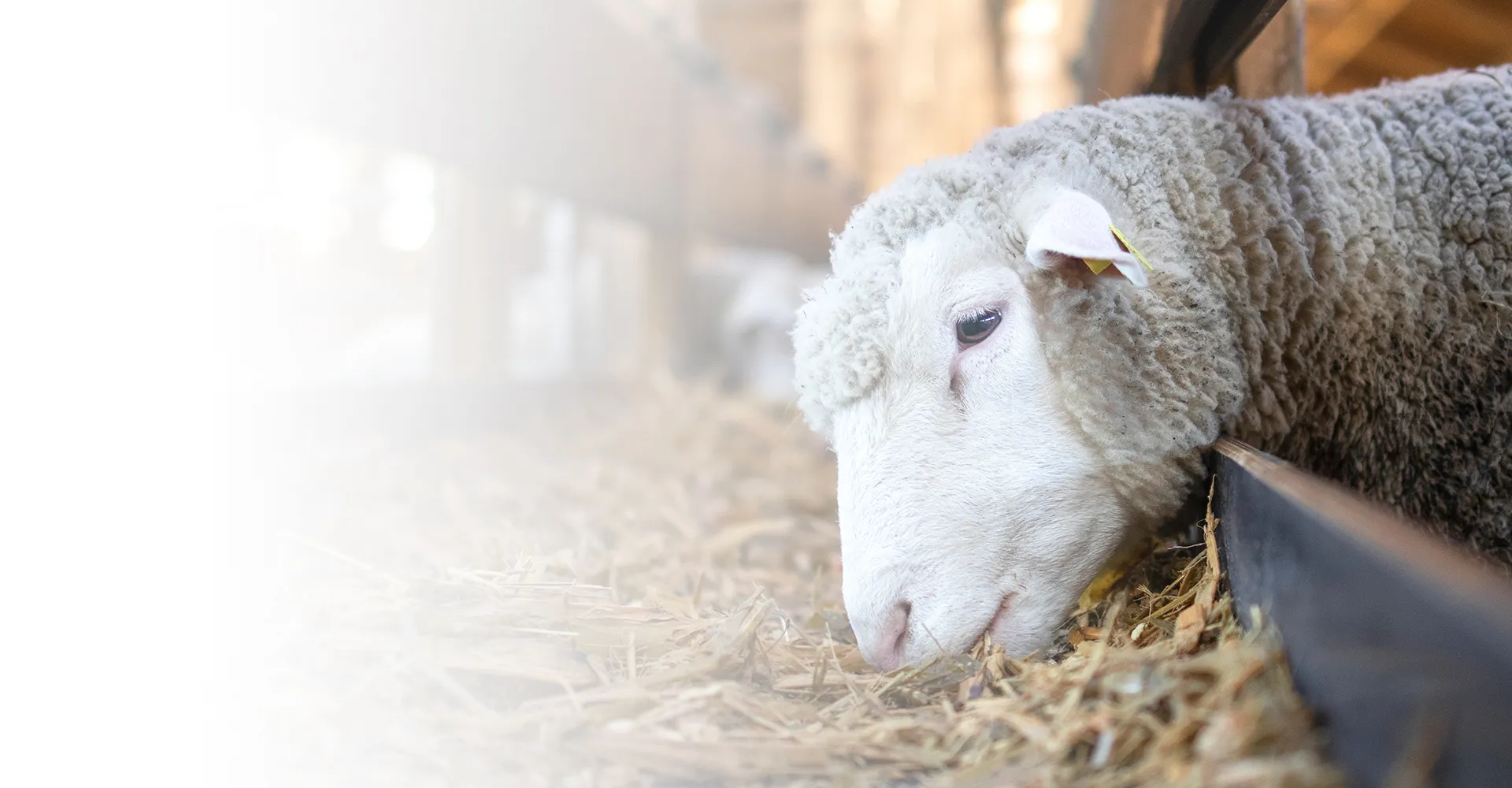Anti-inflammatory tablets play a crucial role in managing pain and inflammation in dogs, significantly improving their quality of life. Whether through NSAIDs, corticosteroids, or natural alternatives, it’s essential to work closely with a veterinarian to determine the best treatment plan for your dog’s specific needs. With appropriate care and management, your furry friend can lead a more comfortable and active life.


